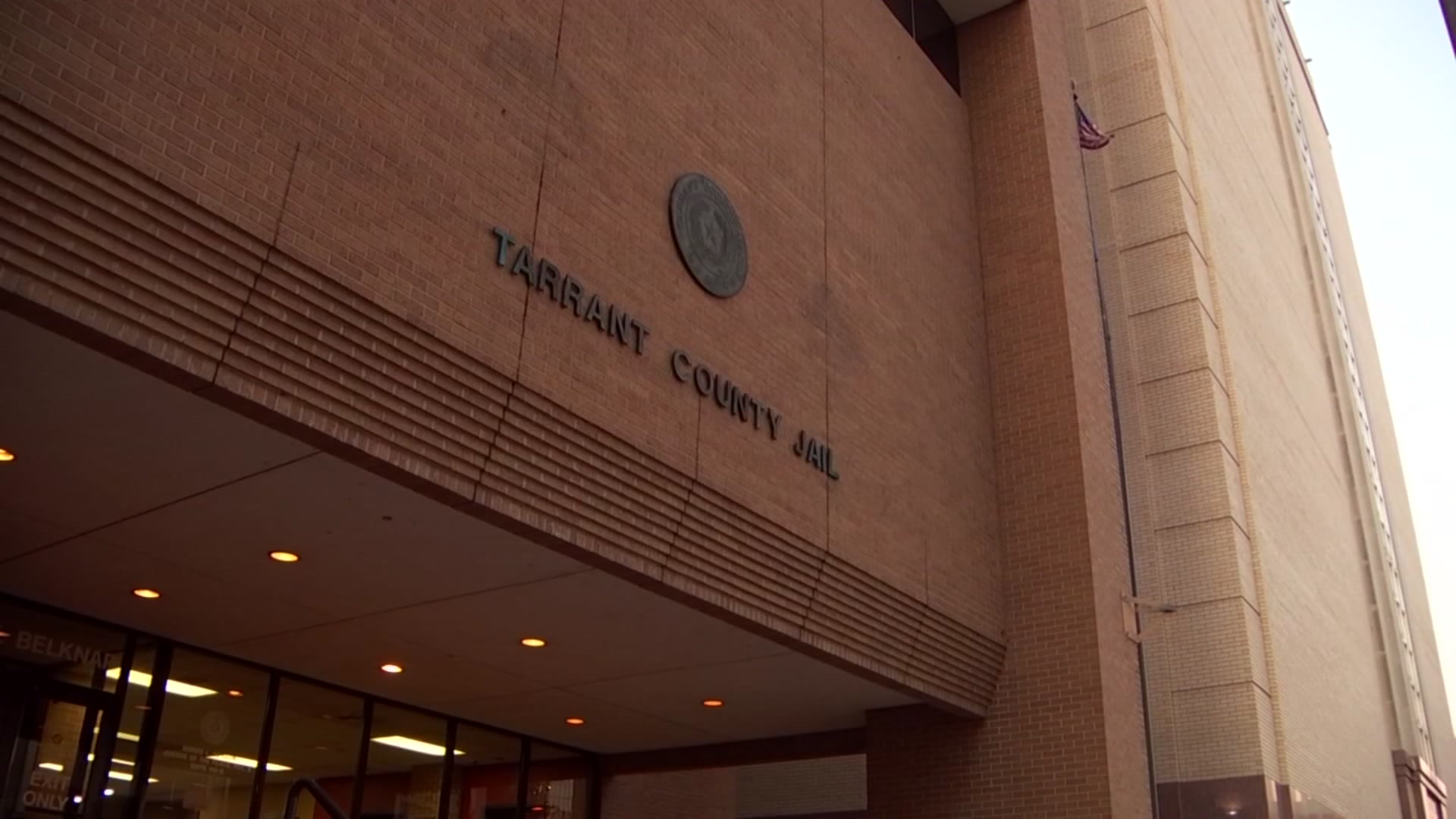Texas public high school football players will likely have far fewer two-a-day practices starting in 2012 under rules approved Monday that would give the state some of the strongest guidelines in the country to protect athletes from heat-related injuries.
Texas recently finished the hottest summer on record and the rules approved by the University Interscholastic League would ban the traditional two-a-day practices in the first four days of training camp, a time that athletic trainers consider critical for allowing athletes to adjust to working out in the summer heat.
Teams could still have a second "walk-through" practice that does not include contact or conditioning during those first four days.
"It could be in a classroom or on the field," UIL Athletic Director Mark Cousins said. "No conditioning."
Other changes approved by the UIL's Legislative Council include banning teams from holding two-a-day practices on consecutive days. And on days when teams practice twice, players must be given at least a two-hour break between workouts. Current rules require only one hour.
The changes must still be given final approval by state Education Commissioner Robert Scott, but he is expected to accept the UIL's recommendations.
The NFL recently banned two-a-day practices under its new collective bargaining agreement and many colleges have scaled back multiple-practice days in recent years.
Local
The latest news from around North Texas.
Mike Carroll, head athletic trainer and assistant athletic director at Stephenville High School and a member of the National Athletic Trainers Association, said the changes will give Texas some of the strongest policies in the country regarding athlete safety and heat conditioning.
Research shows most heat-related injuries happen in the first week of practice during the second workout of the day, Carroll said. By limiting two-a-day practices and forcing players to sit out at least two hours between workouts gives their bodies time to recover, Carroll said
"It provides a safe method for kids to get used to the heat," Carroll said.
Allowing the second "walk through" workouts where players can wear helmets but not pads was important for schools in the smaller classifications, said D.W. Rutledge, executive director of the Texas High School Coaches Association.
Texas allows schools in Class 4A and 5A, the state's schools, to have spring workout. Classes 1A, 2A and 3A do not and the coaches at those schools said they needed more time with their players.
"This still gives them a chance to do a lot of teaching without physical contact;" Rutledge said.
Making the changes mandatory instead of just recommended guidelines was important, Carroll said. A high school coach worried that his cross-town rival was putting in more practice time than he was would feel under pressure to hold more workouts.
"Whenever it's not mandatory, there are people who don't do it," Carroll said.
Texas had the hottest summer on record in the United States this year, according to the National Weather Service, and averaged 86.8 degrees from June through August.
When football training camp began, much of the state was under an excessive heat warning with temperatures hitting a scorching 110 degrees in some areas.
The UIL had been considering making practice changes for several years but the heat wave "was part of the equation" in making them now, Cousins said.
"This was the time to look at making the change," Cousins said.



